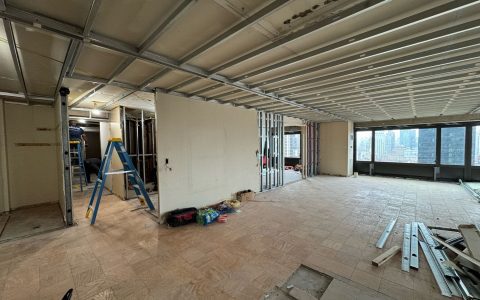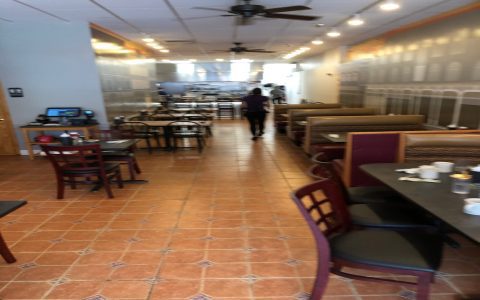Board-formed concrete is an architectural concrete finish achieved by using wooden boards as the formwork (mould) into which wet concrete is poured. When the concrete cures and the forms are removed, the wood grain, knots, and imperfections of the boards are imprinted onto the concrete surface, creating a distinctive textured and often rustic or natural aesthetic.
Key Characteristics
- Texture: The primary characteristic is the visible wood grain pattern. The type of wood (e.g., pine, cedar, fir), its surface treatment (rough-sawn, smooth, weathered), and the arrangement of boards directly influence the final texture.
- Variability: Each panel can be unique due to natural variations in the wood and the casting process. This results in a non-uniform, organic appearance.
- Aesthetic Appeal: It offers a tactile quality and visual warmth often associated with wood, combined with the strength and durability of concrete. It can be used to create modern, minimalist, or rustic designs.
- Tie Holes: The pattern of tie holes (from the form ties used to hold the formwork together) becomes an integral part of the aesthetic and is often deliberately patterned.
Process Overview
The creation of board-formed concrete involves several critical steps:
- Formwork Design & Construction: Wood boards are selected and assembled to create the desired mould. The board layout, type, and surface condition are crucial for the final look. Form ties are strategically placed.
- Concrete Mix Design: The concrete mix must be designed for good workability to accurately capture the wood grain detail. Admixtures may be used to enhance flow and reduce voids.
- Pouring & Curing: Concrete is carefully poured into the forms and vibrated to eliminate air pockets. Proper curing is essential for strength and surface quality.
- Formwork Removal (Stripping): Forms are removed after the concrete has reached sufficient strength, revealing the imprinted texture. The timing of stripping can affect the ease of removal and the final appearance.
- Sealing (Optional): The concrete surface may be sealed to protect it from weathering, staining, and moisture, and to enhance its appearance.
Advantages
- Unique Aesthetic: Provides a distinct and often sought-after architectural finish.
- Durability: Inherits the structural strength and longevity of concrete.
- Versatility: Can be used for exterior and interior walls, retaining walls, facades, and feature elements.
- Customization: The choice of wood, board layout, and concrete color allows for a high degree of customization.
Considerations
- Cost: Can be more expensive than standard concrete finishes due to the labor-intensive formwork and attention to detail required.
- Craftsmanship: Requires skilled labor and careful execution to achieve desired results. Poor formwork or pouring can lead to undesirable imperfections.
- Wood Selection: The type, moisture content, and treatment of the wood used for forms significantly impact the final texture and color transfer.
- Repetition: If forms are reused, they must be cleaned thoroughly, and wear on the boards can alter the imprint over successive pours.
- Potential for Defects: Issues like honeycombing, bug holes, or inconsistent texture can occur if not managed properly.





